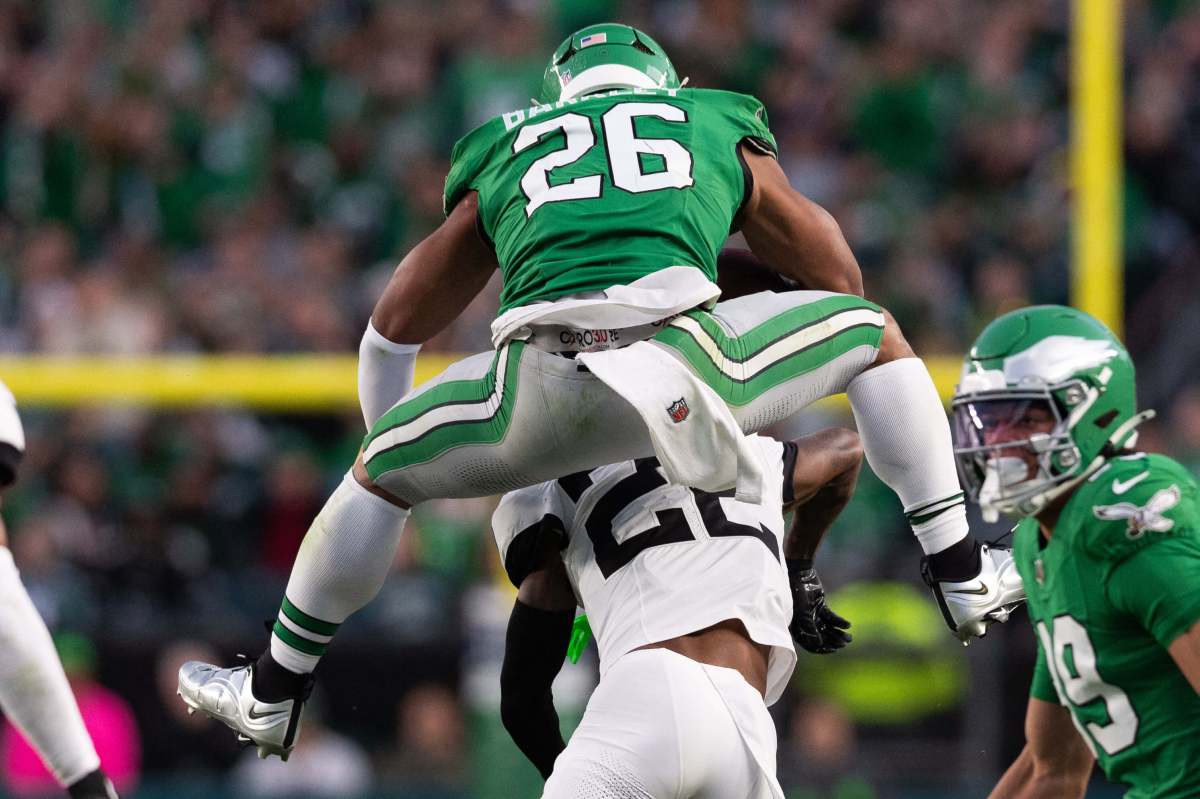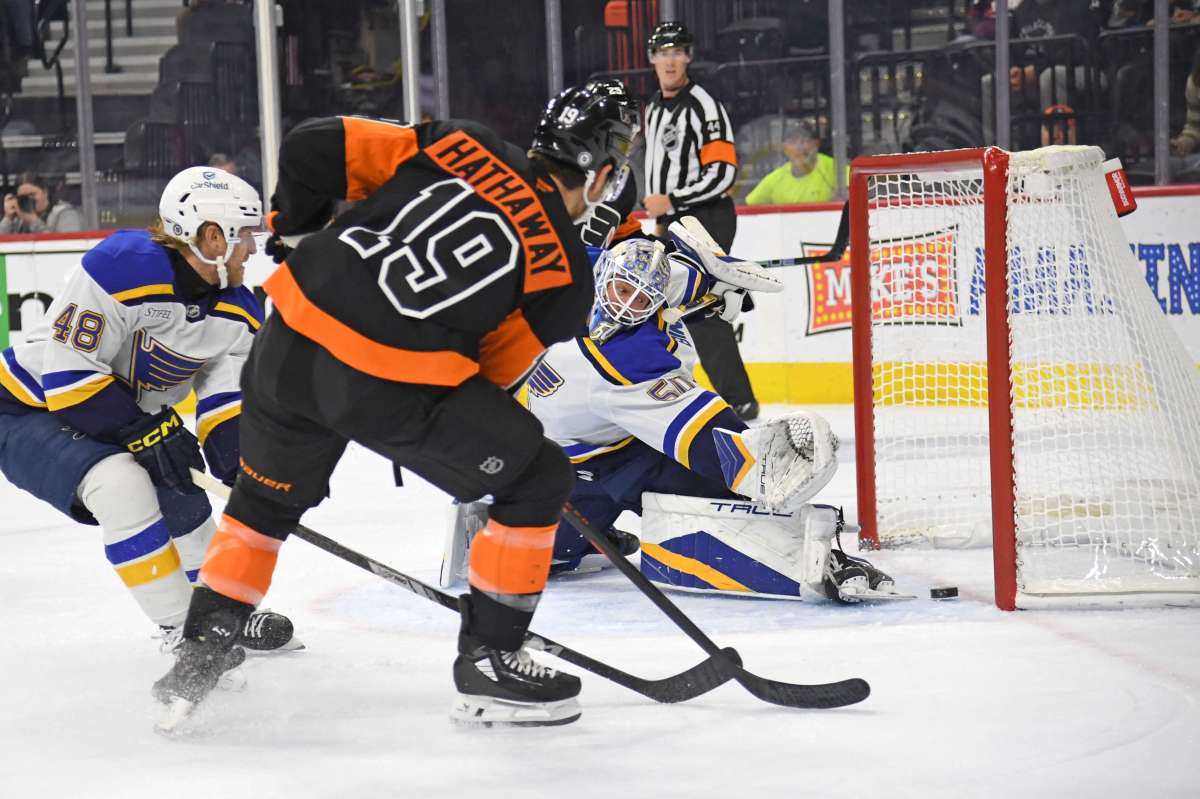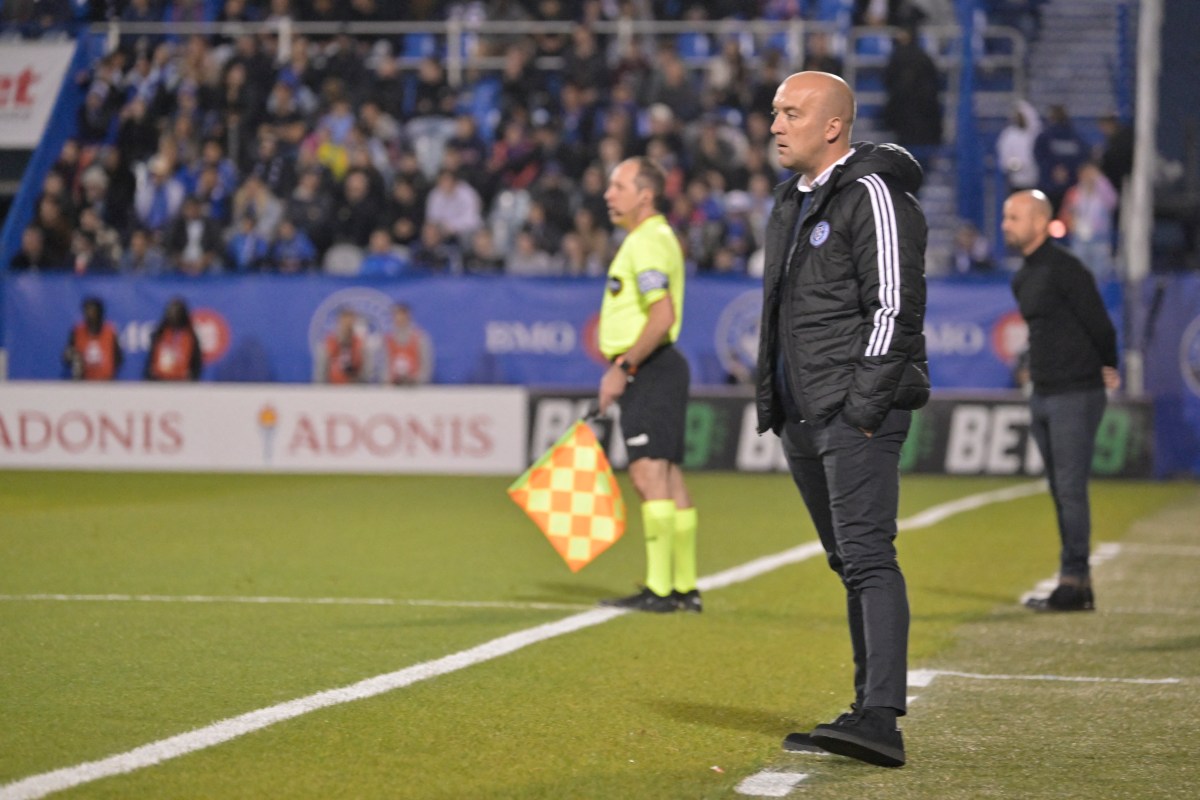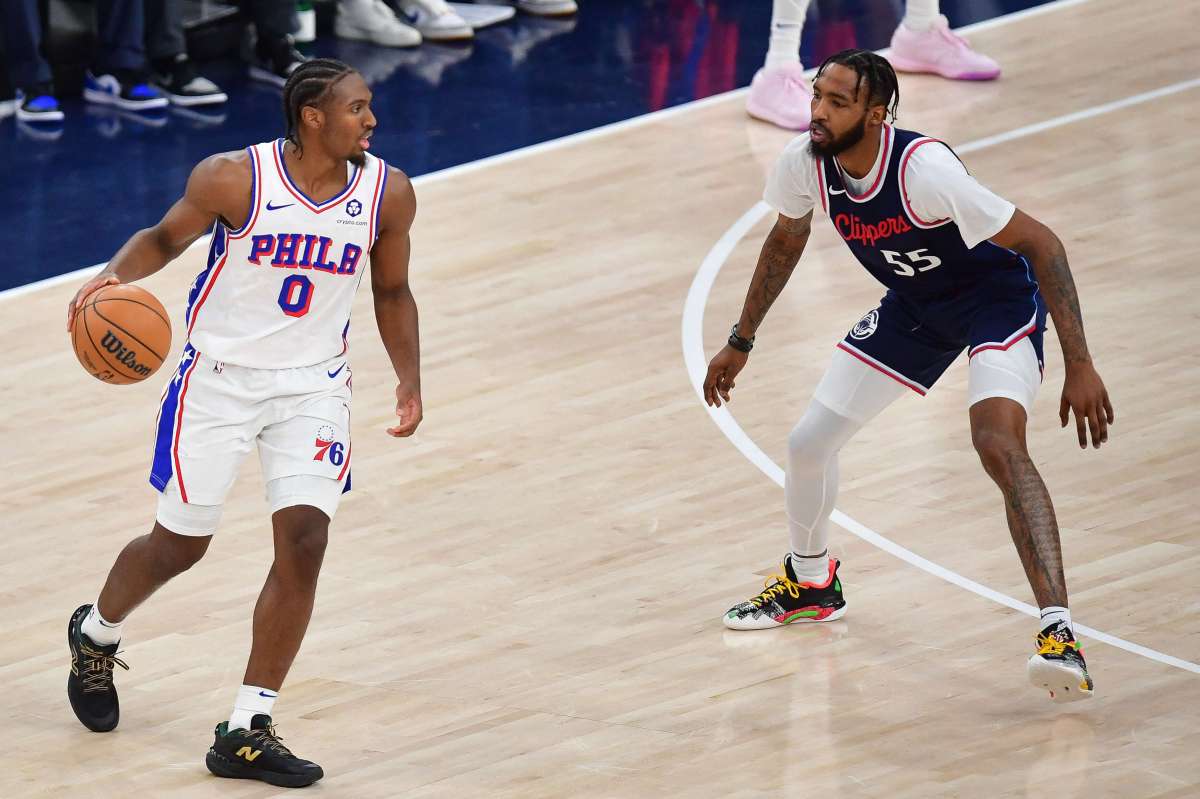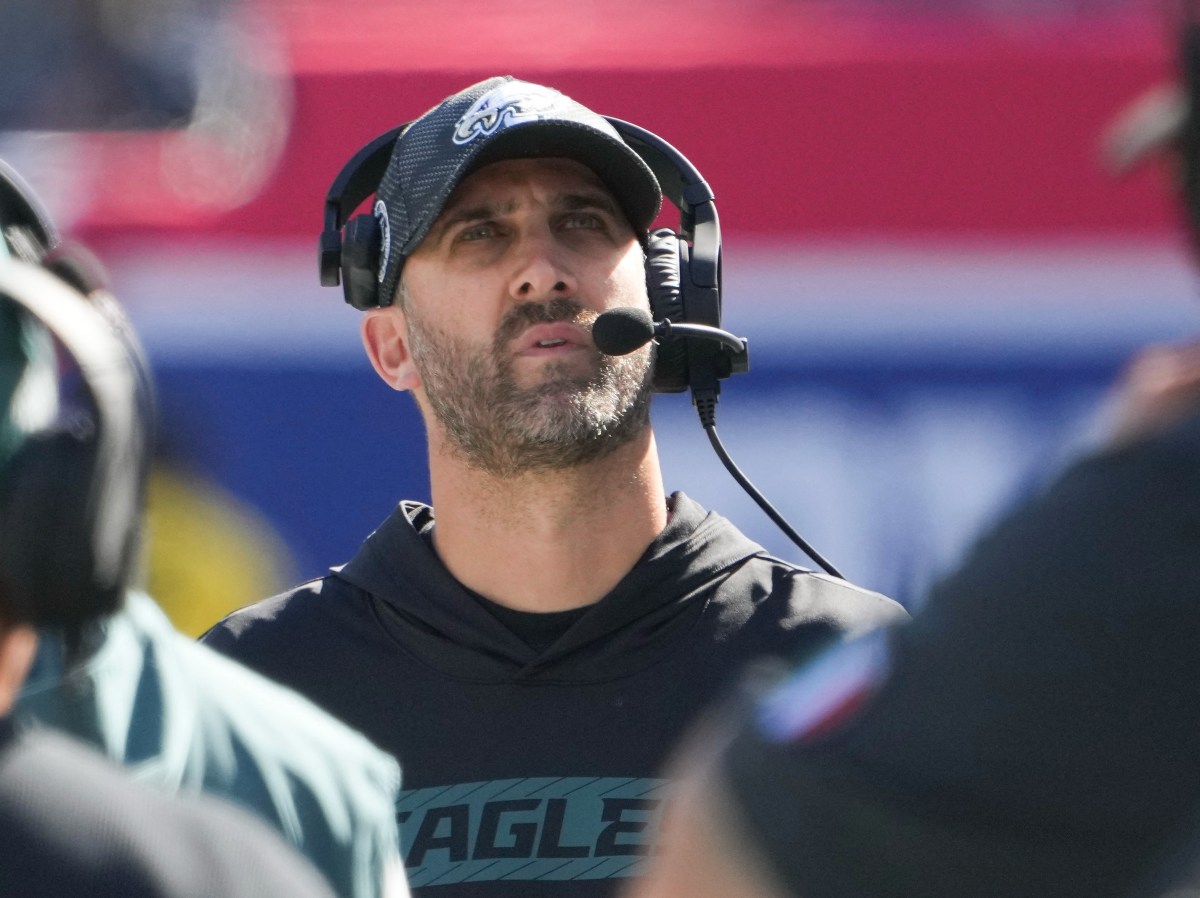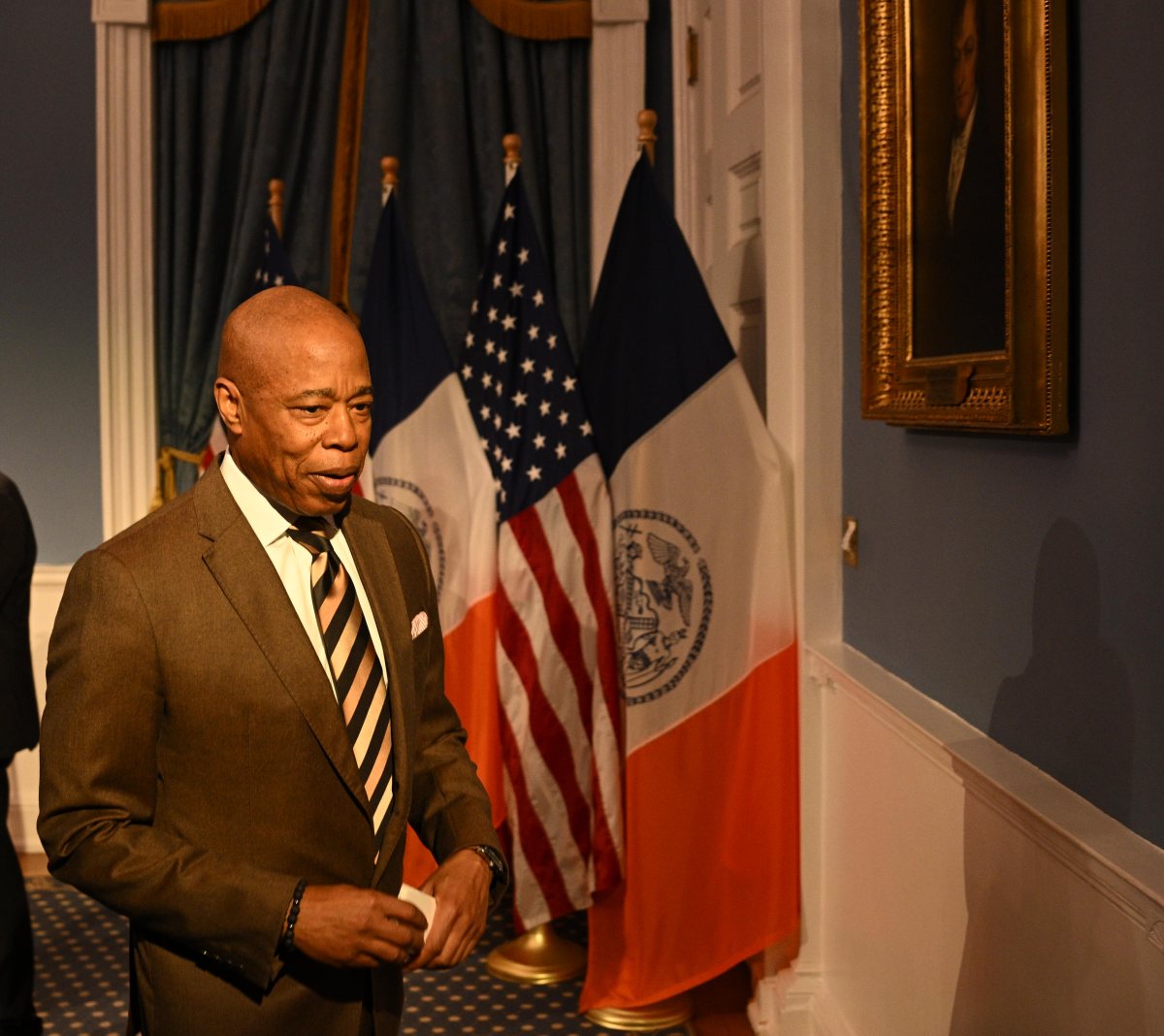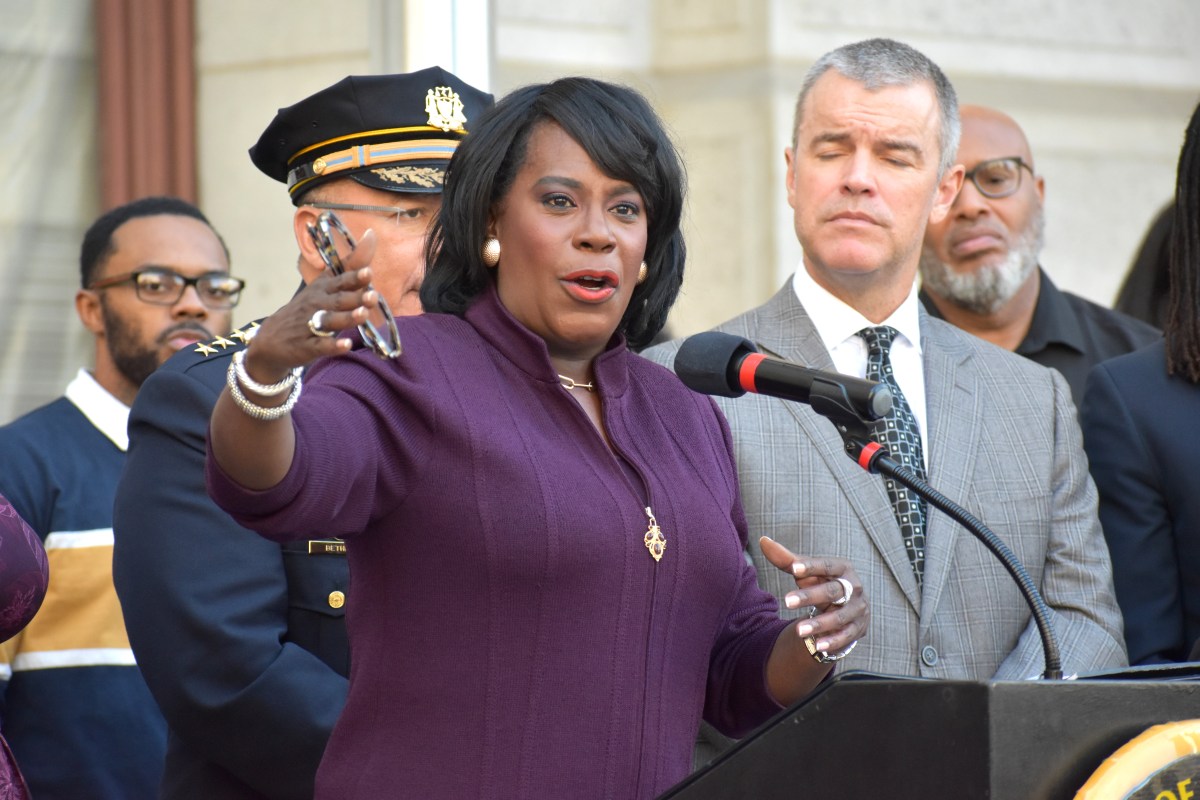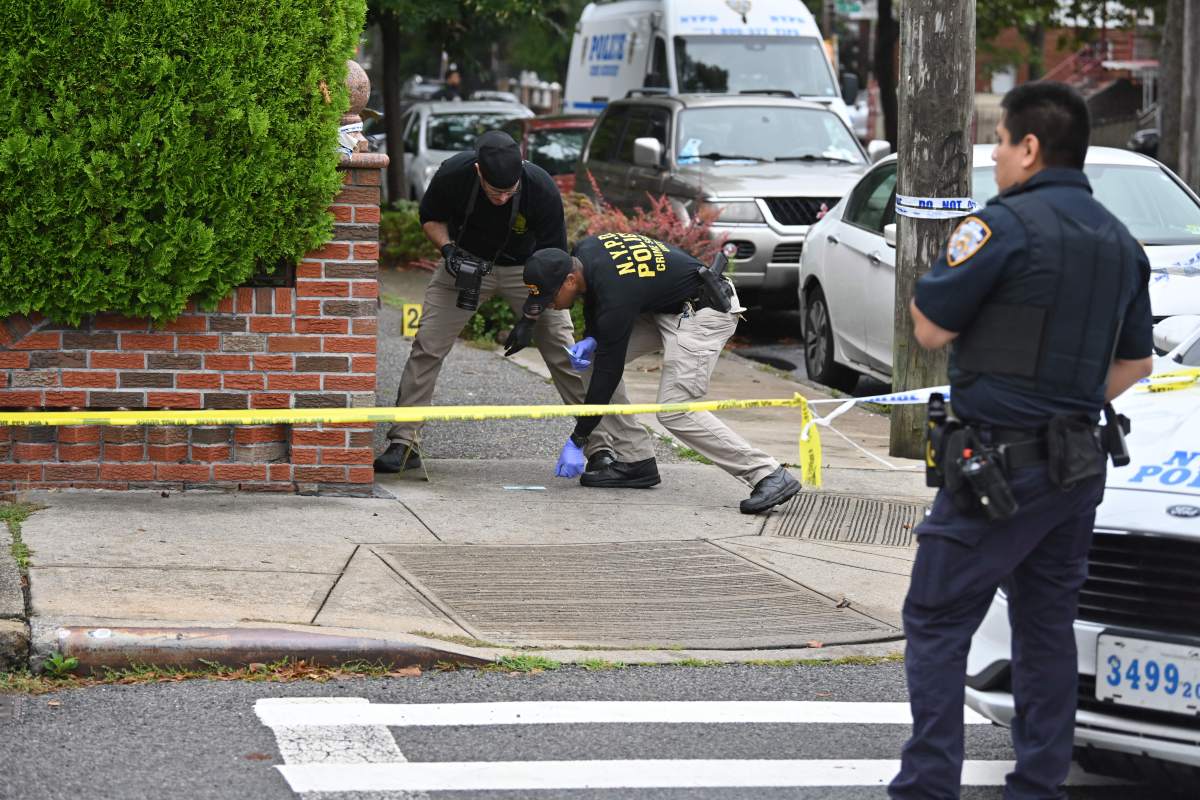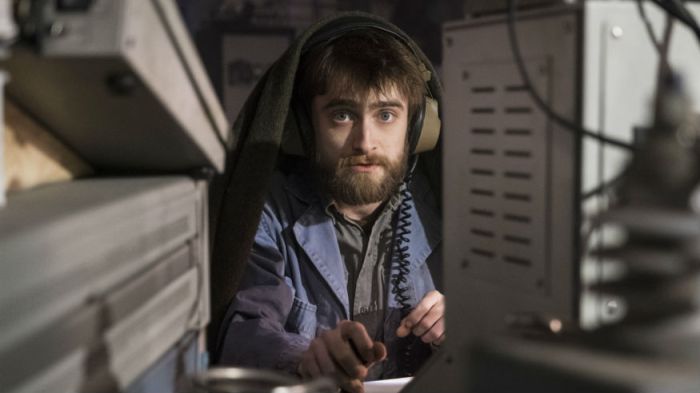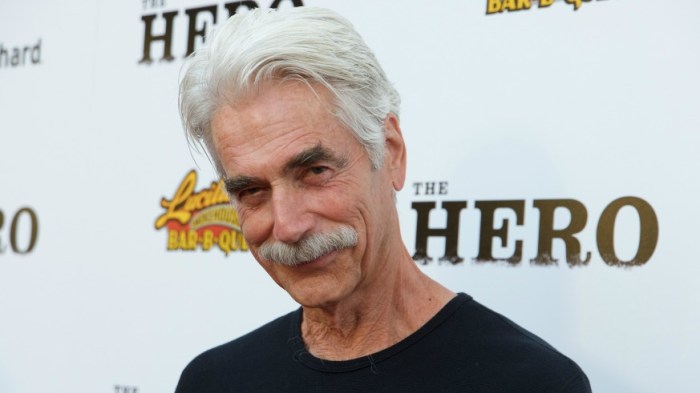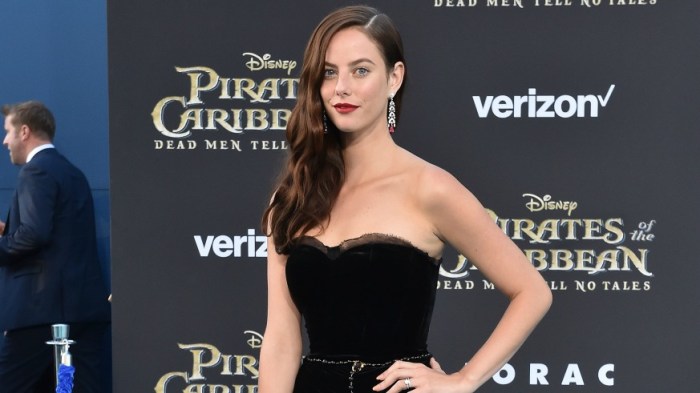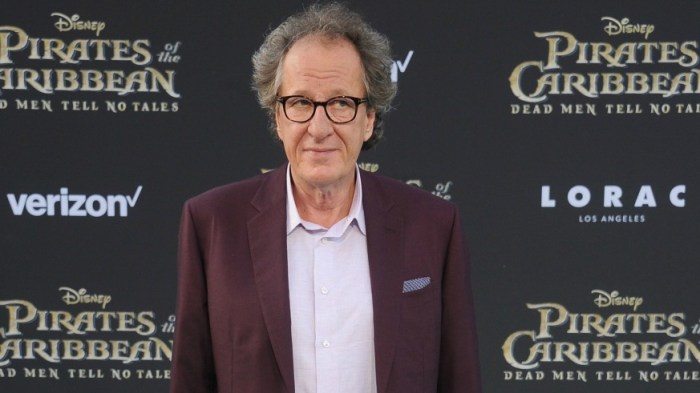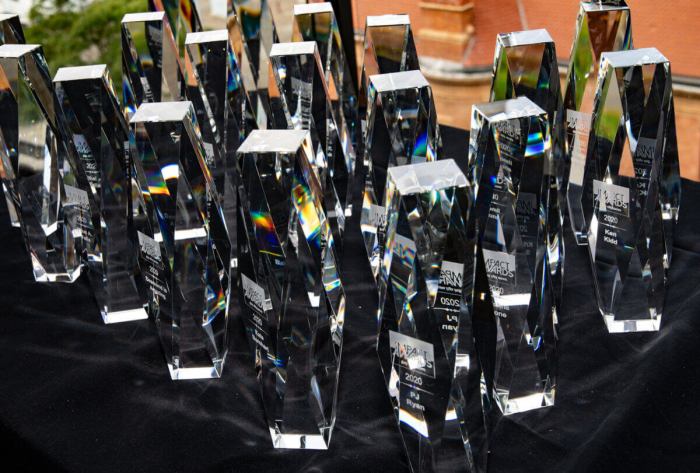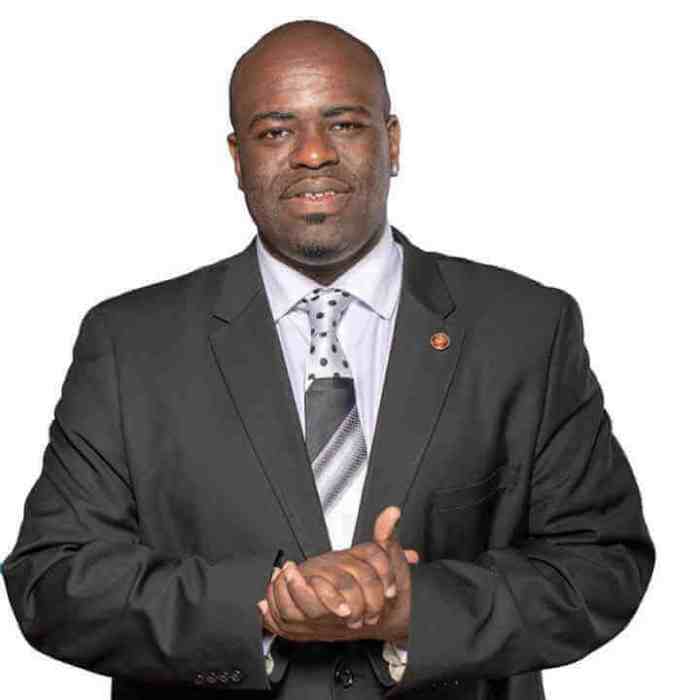The hotel room in which Melanie Laurent is doing interviews smells like cigarettes. Given that she’s a French actress — and also filmmaker, whose second feature, “Breathe,” now arrives theatrically in America — that’s expected. What’s less expected is she’s the opposite of her sometime screen persona. In “Inglourious Basterds,” she shot her Nazi suitor (Daniel Bruhl) peerless looks of weary disdain. In person she’s light and bubbly. She even offers me a macaron as we discuss her film, which details the friendship-turned-toxic-infatuation a mousy student, Charlie (Josephine Japy) has for Sarah (Lou de Laage), the cool new girl in school. You originally wanted to adapt Anne-Sophie Brasme’s novel when you were younger, but you’ve said you’re glad you waited till you were in your 30s. What is it like returning to the roiling, often melodramatic emotions of youth? I remember how scared I was when I started to film all the school scenes, because I’m too old. I remember how we used to talk when I was that age, but we didn’t have cellphones, we didn’t have the Internet, we didn’t have Facebook. So my priority was to cast a great group of young people who actually knew each other before, and I said to them, “I trust you. So change the dialogue and do anything you want. I just want to believe it.” RELATED: “Breathe” is Melanie Laurent’s harrowing portrait of a platonic(ish) break-up I remember the first screening in France was in front of 500 students. I was dying. So I arrived and [mock hides]. I asked them, “Is it realistic? [Laughs] Please tell me the truth.” They said, [mock cries] “It’s a movie about us.” [Laughs] There was so much pressure, because I knew I didn’t want to make a movie about just teenagers. I knew the subject was strong enough to be seen by anyone. The point was: how can you deal in your life when you’ve just met someone who has changed every single thing in it. It can happen at any age. Most of the time it’s better if you’re young, because if you’re 50 and suddenly you’ve met someone like that, it’s the worst. This doesn’t portray school very positively. If you have a falling out with someone as an adult, you probably won’t be running into them every single weekday.
I realized how many young people are suffering every f—ing day of the year, going to school, knowing it’s going to be a nightmare. I remember mothers stopping me in the street, saying, “Thank you, I didn’t know what was happening in my daughter’s life. I didn’t realize it was a terror.” What does it mean? Is our society terroristic? Do we have a big problem with education? I had a big problem in school myself. A group of students started to harass me. One of the teachers observed that and in the middle of the year she said, “I know what’s going on. I don’t want to see that anymore ever.” And they became my best friends. The shooting style is very rigid, but I don’t get the sense that it’s been storyboarded to death. How did you approach the shots?
On my first one everything was planned. I knew exactly what I wanted before [we shot]. And I was realistic and blah blah blah blah blah. And this one I told my d.p., “OK, you have to stop me, stop my artistic vision. It’s not my vision. I don’t want to make beautiful shots all the time.” Sometimes people say, “I love this shot,” but that’s not where the energy is. The energy of the movie is she’s living in this s—ty place, alone in the part of France where nothing happens. And suddenly everything is going like a dream. We made a lot of the shots wide shots. We show the trees with the wind. I wanted the audience to be on vacation with them. And suddenly everything starts to be super tense and you don’t know why, because there’s still beautiful nature and wind and sun. But you feel something is wrong. The idea was to get closer and closer [to Charlie]. And the same with the sound: it goes from stereo to mono. So we are with her. It’s so funny: I said, “Can we change the shape of the frame during the movie?” And everyone said, “No, no, no, no.” And then I saw “Mommy!” [Ed. Xavier Dolan’s film where he sometimes changes the shape of the frame mid-movie.] I was like, “I knew we could do it!” [Laughs] Perhaps if you were a 20-something French-Canadian director it would have been possible.
I love that movie so much because it was the most free movie ever. Music all the time. It inspired me so much. I left the cinema thinking, “I love my job. I love being a director. I want to be free.” Have there been films recently that have inspired you like that?
Recently, I don’t know. But when I was writing “Breathe” I was obsessed with “Martha Marcy May Marlene.”
The way that film too has very tight, claustrophobic framing?
And the sound. And her [Elizabeth Olsen], she’s amazing. She’s doing nothing. It’s exactly how I wanted to film Charlie. Just her doing nothing, really. The problem for the movie was I wanted to keep the big emotions for the last scene. That was tricky because I had to be careful that after an hour and 20 minutes people don’t think, “She’s boring, she doesn’t react to anything.” I had to find the perfect actress — an actress who was suffering but just inside. She does a few looks and you go, “Oh!” Follow Matt Prigge on Twitter @mattprigge
Melanie Laurent on making ‘Breathe,’ a movie about youth, in her 30s
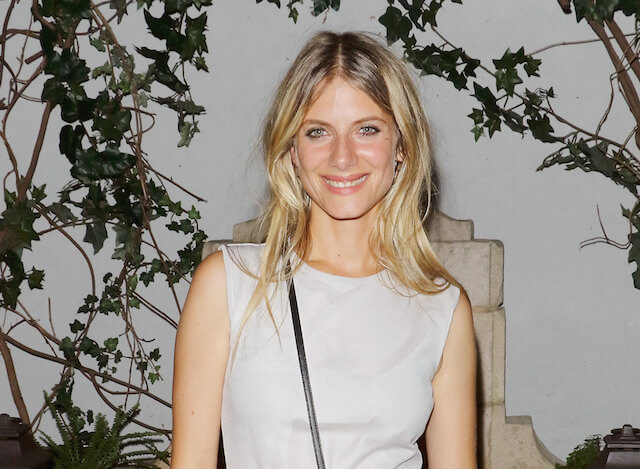
Getty Images





